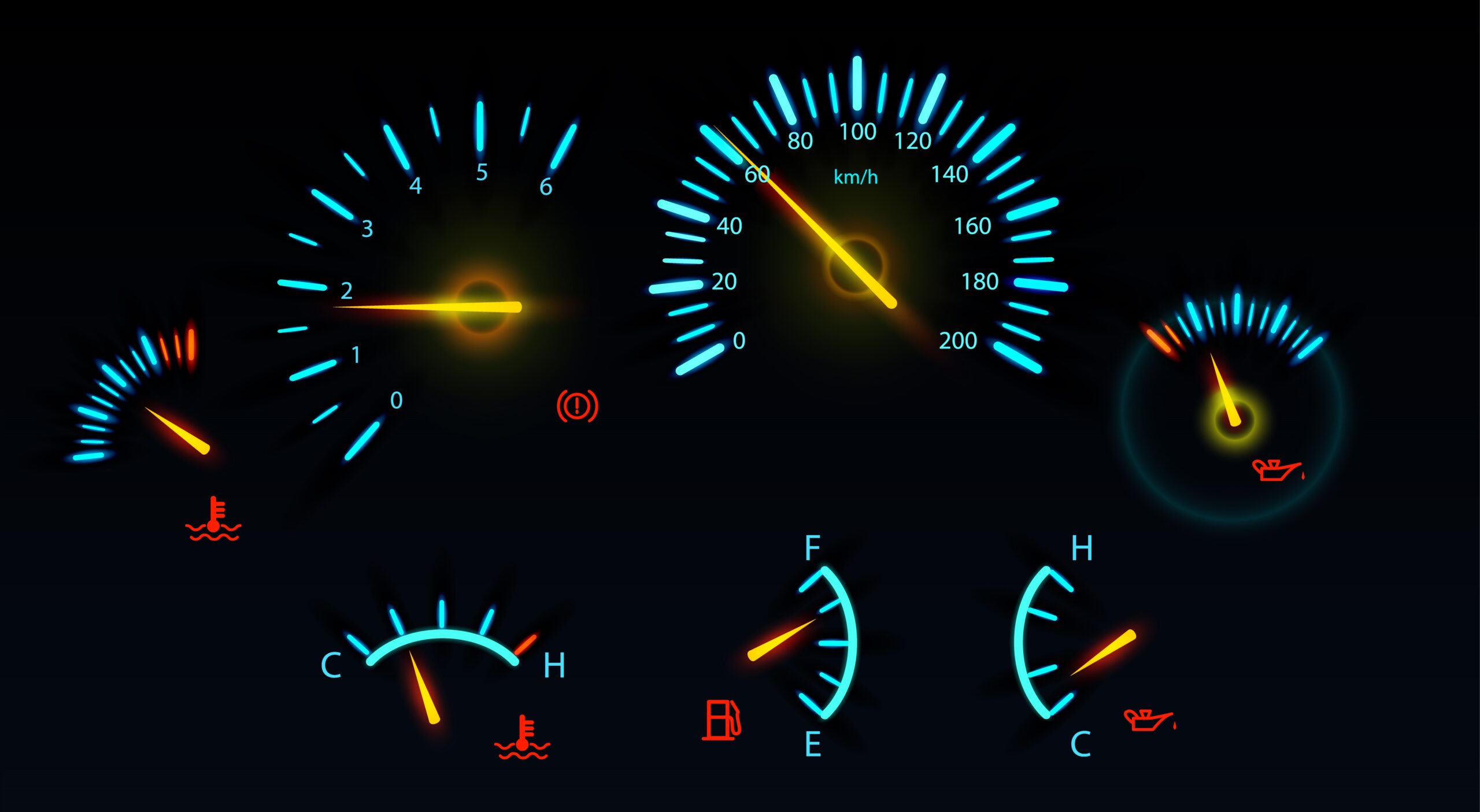The coolant warning light is a vital indicator on your vehicle’s dashboard that should never be ignored. It serves as a warning that your engine is overheating, which can lead to severe damage if not addressed promptly. In this article, we will explore the importance of coolant warning lights, the causes of overheating, and the necessary steps to address the issue.
Understanding the Coolant Warning Light: The coolant warning light, often shaped like a thermometer or resembling a radiator, illuminates on the dashboard when the engine’s temperature exceeds a safe operating range. It indicates a potential problem with the cooling system, which is responsible for regulating the engine’s temperature and preventing overheating.
Causes of Engine Overheating:
- Low Coolant Level: A common cause of engine overheating is a low coolant level. Coolant, also known as antifreeze, plays a crucial role in absorbing and dissipating heat from the engine. Insufficient coolant due to leaks or coolant loss can lead to inefficient heat transfer and subsequent overheating.
- Coolant Leaks: Leaking coolant can result from damaged hoses, a faulty radiator, a malfunctioning water pump, or a failing gasket. Leaks can cause a gradual loss of coolant over time, leading to insufficient cooling capacity and eventual overheating.
- Malfunctioning Thermostat: The thermostat regulates the flow of coolant through the engine based on temperature. A faulty thermostat can get stuck in the closed position, preventing coolant circulation and causing the engine to overheat.
- Cooling Fan Issues: The cooling fan helps dissipate heat from the radiator. Malfunctions in the cooling fan or its associated components, such as a faulty fan motor, damaged fan blades, or a malfunctioning fan relay, can hinder proper cooling and result in overheating.
- Clogged Radiator: A clogged radiator, often caused by a buildup of dirt, debris, or mineral deposits, restricts the flow of coolant and reduces its ability to cool the engine effectively. This can lead to overheating, especially during high-demand situations such as driving in hot weather or towing heavy loads.
Addressing Engine Overheating: If the coolant warning light illuminates or you notice signs of engine overheating, it is crucial to take immediate action to prevent further damage. Here are the steps to address the issue:
- Pull Over and Turn Off the Engine: As soon as you notice the coolant warning light or signs of overheating, safely pull over to the side of the road and turn off the engine. Continuing to drive with an overheating engine can cause severe damage.
- Allow the Engine to Cool Down: Once the engine is turned off, allow it to cool down for at least 30 minutes. Do not attempt to open the radiator cap or coolant reservoir while the engine is still hot, as it can result in burns from hot steam or coolant.
- Check Coolant Level: After the engine has cooled down, check the coolant level in the reservoir or radiator. If it is low, add the recommended coolant type slowly to avoid sudden pressure changes. Refer to your vehicle’s manual for specific instructions on coolant type and proper filling procedures.
- Inspect for Coolant Leaks: Inspect the engine bay and underneath the vehicle for any visible coolant leaks. Look for dripping coolant, stains, or pools of coolant. If you notice a leak, it is crucial to have it repaired by a professional to prevent further overheating issues.
- Check the Radiator and Cooling System Components: Examine the radiator and cooling system components for any signs of damage or clogging. If the radiator fins are dirty or blocked, use a soft brush or compressed air to clean them. Ensure that the cooling fan is functioning properly and that the thermostat is operating correctly.
- Seek Professional Assistance: If you are unable to identify the cause of the overheating or the issue persists after taking the above steps, it is advisable to seek professional help. A qualified mechanic can diagnose the underlying problem and perform the necessary repairs to restore proper cooling system function.
Preventing Engine Overheating: Regular maintenance and preventive measures can help prevent engine overheating:
- Maintain Coolant Levels: Regularly check the coolant level and top it up as needed. Ensure that the coolant mixture is in line with the manufacturer’s recommendations.
- Inspect the Cooling System: Periodically inspect the cooling system for any signs of leaks, damage, or clogs. Have the system serviced and flushed according to the manufacturer’s recommendations.
- Replace Thermostat and Hoses: Replace the thermostat and coolant hoses at the recommended intervals or if they show signs of wear or damage.
- Keep the Radiator Clean: Regularly clean the radiator fins and remove any debris or dirt that may obstruct airflow.
- Monitor Engine Temperature: Pay attention to your vehicle’s temperature gauge or coolant temperature display. If you notice the temperature rising unusually high, take immediate action to prevent overheating.
The coolant warning light is a crucial indicator of engine overheating. Ignoring this warning can lead to severe engine damage and costly repairs. By understanding the causes of overheating and following the necessary troubleshooting steps, you can address the issue promptly and protect your engine from further harm. Remember to prioritize regular maintenance and preventive measures to minimize the risk of engine overheating and ensure optimal vehicle performance.











